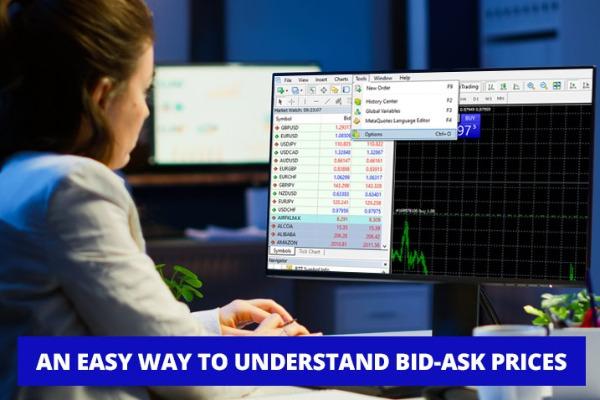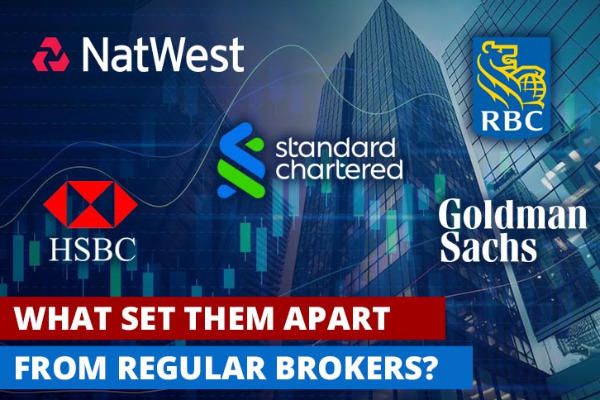If you're about to start trading gold CFD, there are a number of specifications in pricing and swaps that you need to comprehend. Here's the quick guide.
Trading gold CFD demands an entirely different strategy than trading currencies. This is simply given the nature of gold prices in comparison to other markets.
When picking between currency and gold trading, both can need a large initial investment, so it depends on your long-term goal to choose the best out of the two.
Currency trading necessitates substantial leverage and fees, whereas gold is concerned with stability. If you want to save for a future pension or save the riches you now have, gold investing is a far better alternative for guaranteeing that your funds preserve their value even in unpredictable situations.
That said, most investors don't choose one over the other. Gold and forex are frequently used interchangeably by most traders, particularly when it comes to trading tactics. If you're investing in currency and taking a risk, you can hedge that risk by purchasing gold. If your currency depreciates, your gold investment would likely go the opposite way, thereby minimizing overall risk. As a matter of fact, gold investment can be used as a hedge against many forms of riskier investment.

It might be tough to produce regular gains in your gold trading if you don't comprehend the fundamentals of what's going on. The following are critical when it comes to trading gold CFD and must be understood at all times.
Contents
Pricing
The price of gold is expressed in dollars and cents per ounce. When gold is priced at $600 per ounce, the contract is worth $60,000 ($600 x 100 ounces). A trader who buys at $600 and sells at $610 earns $1,000 ($610 - $600 = $10 profit; $10 x 100 ounces = $1,000). A trader who goes long at $600 and sells at $590 loses $1,000.
Margin
The amount of collateral necessary to hold trade in gold is known as the initial margin. The starting margin for gold can be different for each broker. Let's say the starting margin in your broker is $1000 for a trading size of 1 lot (100,000). If you trade 0.50 lots, your first margin would be $500, or $100 if you trade 0.10 lots.
Understanding the starting margin might help you determine your transaction size. For example, if you have $1000 in trading equity, it makes sense to trade 0.10 lots in Gold, where the required margin of $100 is locked in. This leaves you with a $900 free margin.
Gold requires a minimum contract size of 0.10 lots to be traded. One standard lot of gold is 100 ounces. As a result, 0.10 lots equals 10 ounces of gold. Understanding the minimum contract size might assist you in managing your situation. Because the contract size or lots are closely tied to the needed margin, understanding this will allow you to properly arrange your transaction sizes depending on your trading capital.
Tick Size and Value
The tick size is set at 0.01. Gold is quoted in two to three decimal pricing in most brokers. For example, 1200.12, 1200.121, and so on. Each tick or 0.01 equals $1 for a regular lot or $0.10 for the 0.10 lot minimum trading size. The tick size in gold is likely the most essential; since each tick is equal to $10 for a standard lot size, you can rapidly calculate how much profit or loss you may earn from your transactions.
Swaps
When you keep your trading positions open overnight, they are subject to overnight rollover swaps. Say the swap rate on your gold transaction is -0.347 points for long positions and -0.236 points for short positions left open overnight, then for a 1 lot position in Gold, long positions held overnight have a swap of -$0.347 (rounded to -$0.35), and short positions have a swap of -$0.236 (rounded to -$0.24).
All in all, gold is undoubtedly a good choice for long-term investors. It is always moving up in price despite its daily ups-and-down. For CFD trading, it is also somewhat safe to say that gold spikes are rather tame compared to other stocks. Just always be careful and see the margin and swaps to ensure you got the best price and condition.

 Dedicated FREE FOREX VPS
Dedicated FREE FOREX VPS Free FOREX Virtual Private Server
Free FOREX Virtual Private Server MT4 Demo Contest, Get $500
MT4 Demo Contest, Get $500 Sign Up for an Account, Claim 60% Deposit Bonus
Sign Up for an Account, Claim 60% Deposit Bonus Free MT4/MT5 VPS 2024
Free MT4/MT5 VPS 2024 Send E-mail and Get Free Merchandise
Send E-mail and Get Free Merchandise $1K Refer a Friend Bonus for Pepperstone Pro clients
$1K Refer a Friend Bonus for Pepperstone Pro clients Maximize Your Earnings with 100% Deposit bonus
Maximize Your Earnings with 100% Deposit bonus Trade to Win, $5,000 Monthly Demo Contest
Trade to Win, $5,000 Monthly Demo Contest Claim 30% + 15% Deposit Bonus from LiteFinance
Claim 30% + 15% Deposit Bonus from LiteFinance












6 Comments
Jeremy
Jul 15 2022
As a beginner investor, should we start with gold, currency or stock to invest?
skye
Jul 25 2022
Investing in gold is a far superior choice if you want to guarantee that your assets maintain their value even in unforeseen circumstances, so whether you want to save for a future pension or save the wealth you now have, this is the best option for you.
John McClane
Jul 25 2022
Jeremy:Gold and foreign exchange, in particular when it comes to trading strategies, are terms that are usually used interchangeably by most traders. If you want to reduce the impact of the risk you're incurring by investing in money, you can do so by acquiring gold.
Aubree
Jul 30 2022
I have a physical gold in my possession, is it available to be traded like mentioned in this article?
Adelaide
Aug 6 2022
How long should I hold the gold in trading?
Roberto
Aug 14 2022
Can we trade gold in jewelry form?